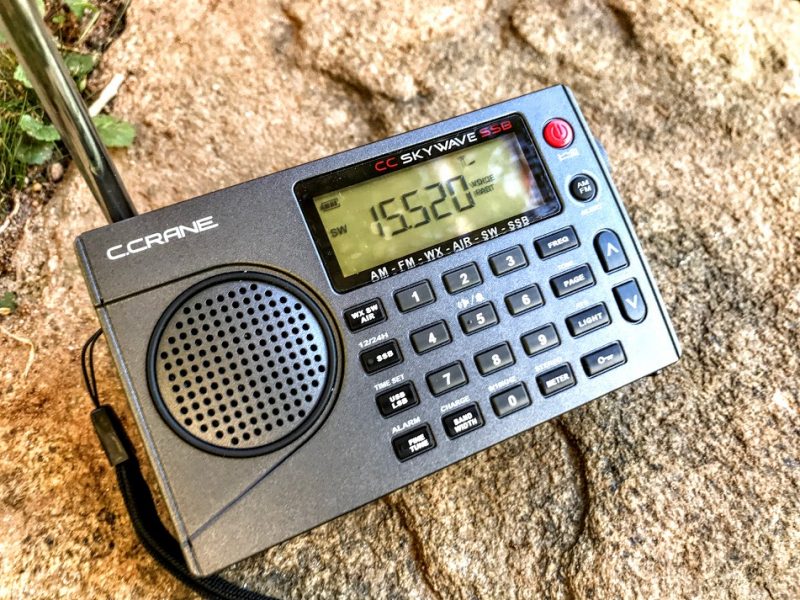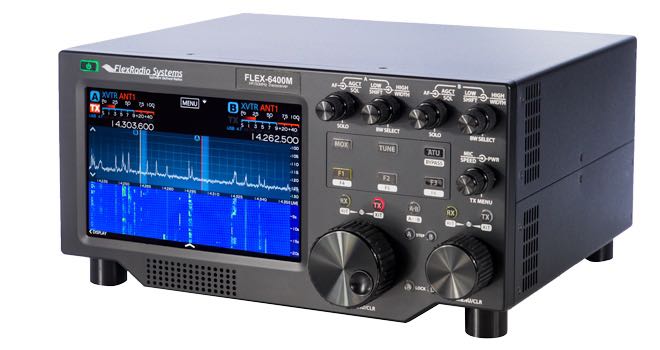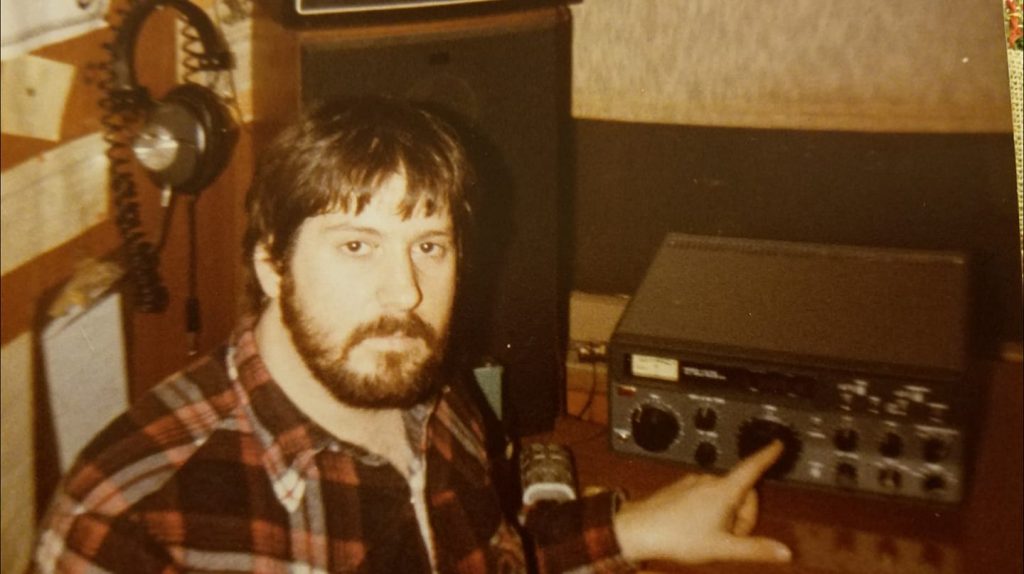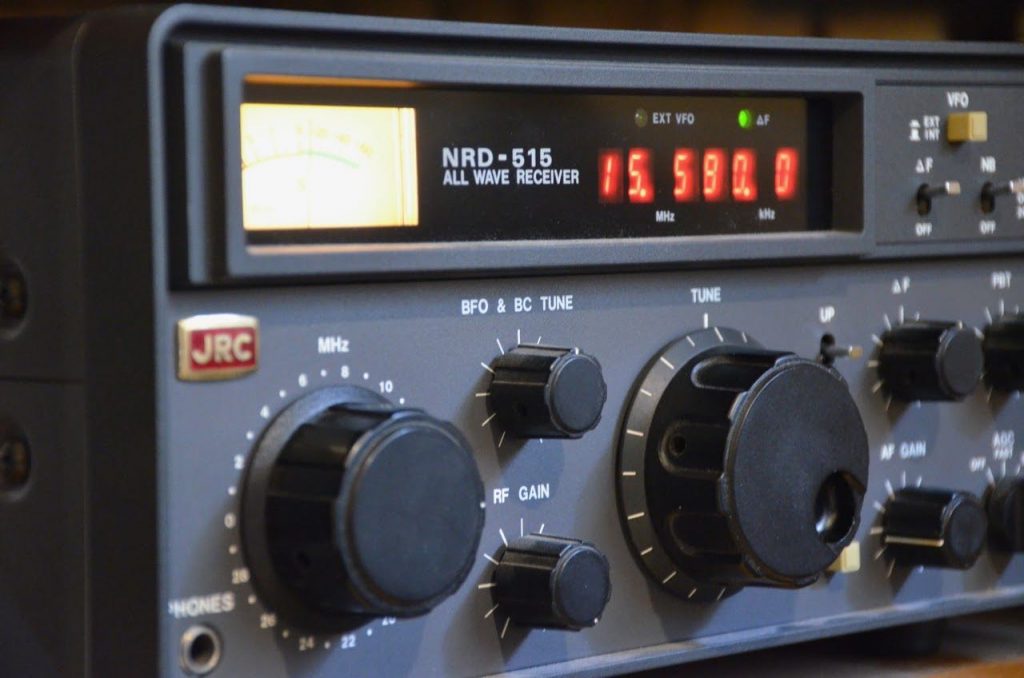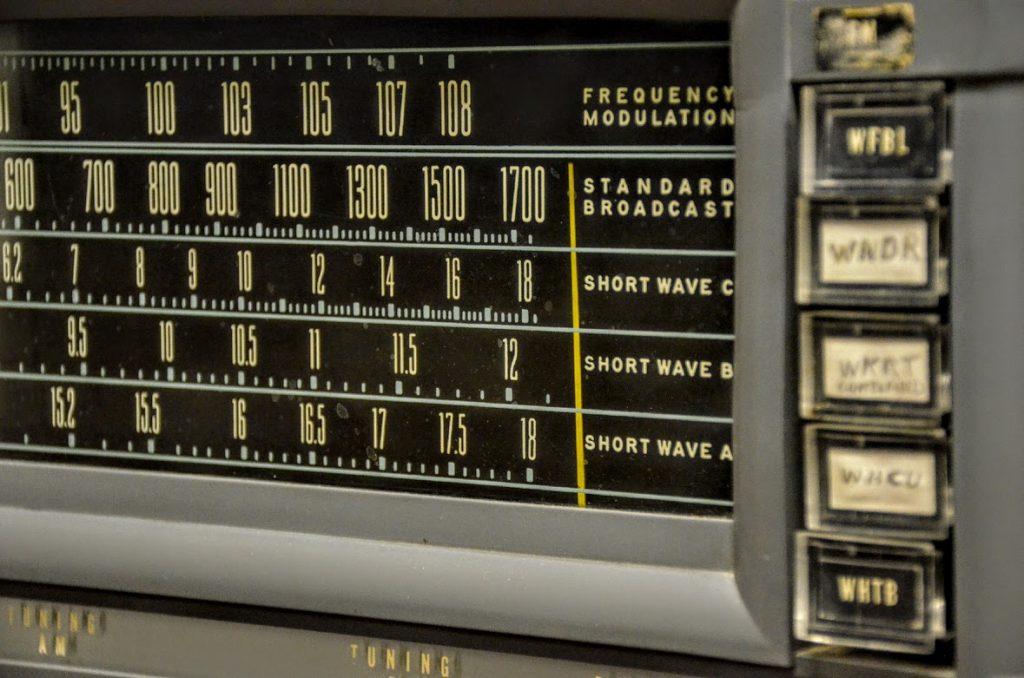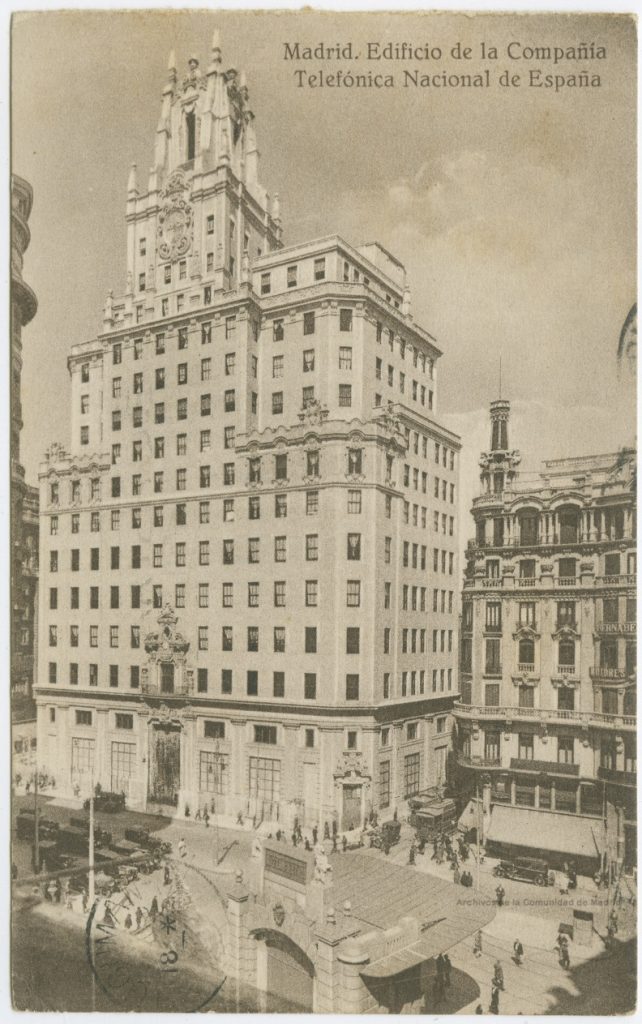Many thanks to SWLing Post contributor, Dean Bianco, who writes:
Inspired by Chuck Yarbrough ‘s YouTube video, I ordered one of the newly-manufactured replacement power supplies for the WJ-8711A/HF-1000A series from WJ Systems, a new company run by noted WJ master technician Stephen Pappin. For those of us who own one (or more) of the dozen or so variants of these now-classic early DSP receivers, these new PS’s can provide an extension of their useful lifespans. These units are direct substitutions for the flawed Condor switching supplies, the Achilles heel of an otherwise fine general coverage radio. Nearly all of the original Condors have lived past their useful, in-spec lifespans and have become (or soon to become) malfunctioning ticking time bombs that will summarily go off the rails (pun intended) and spike all kinds of nasty voltages that will destroy your pricey beauty forever. While admittedly there are other inevitable EOL issues endemic to the 87xx series, e.g., expired time-keeping battery RAM and aging encoders making it harder to find spare parts, a well-cared for receiver can enjoy a much-welcomed rejuvenation and keep the grim reaper of radios at bay for a while!
The official website for WJ Systems is: www.wj-systems.com
Chuck Yarbrough’s YouTube videos demonstrating the installation and testing of the new power supply:
Part 1 of 2:
Part 2 of 2
Thanks!
Dean
Thank you for sharing this, Dean! This is a brilliant upgrade for an iconic receiver!



